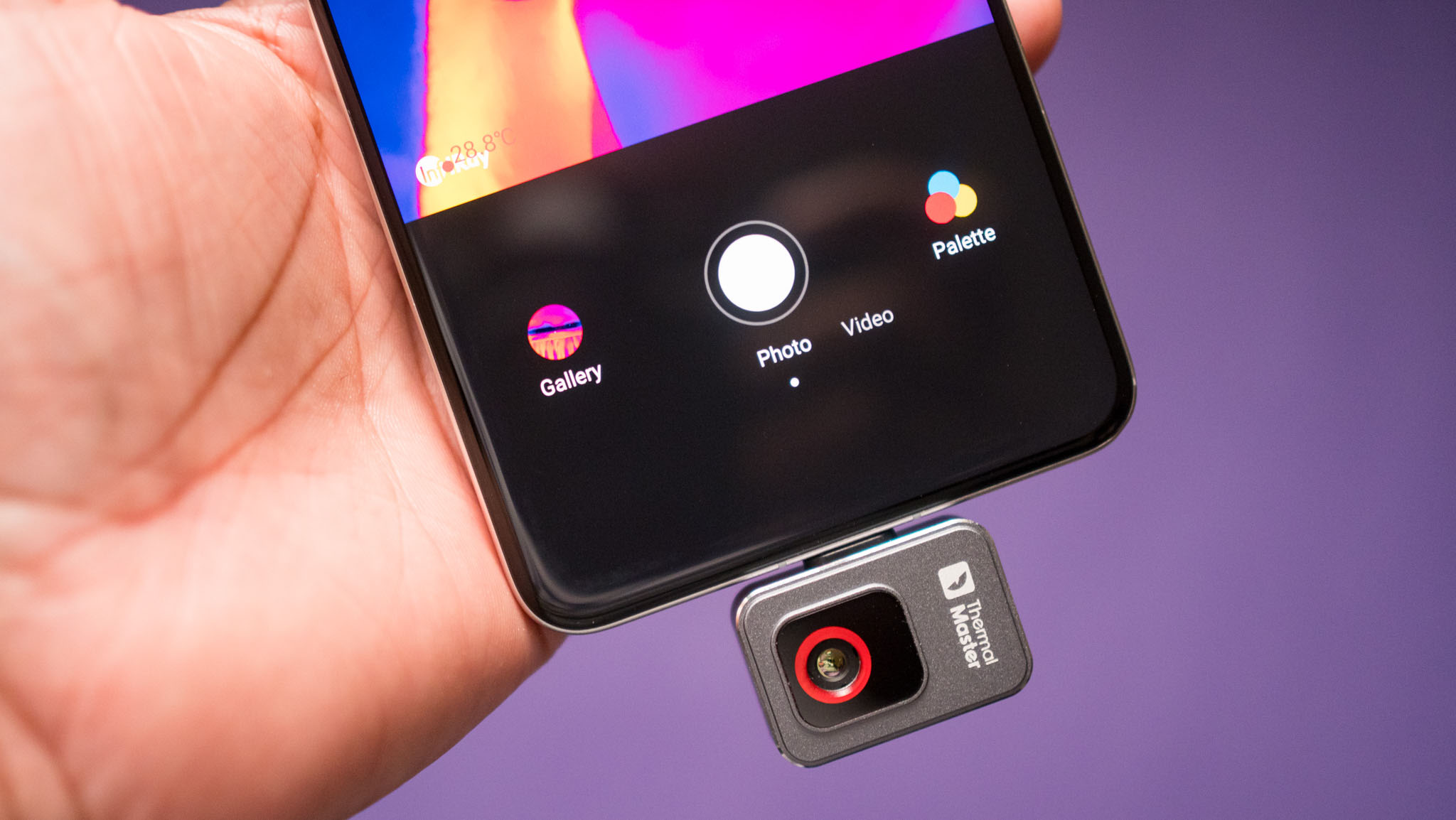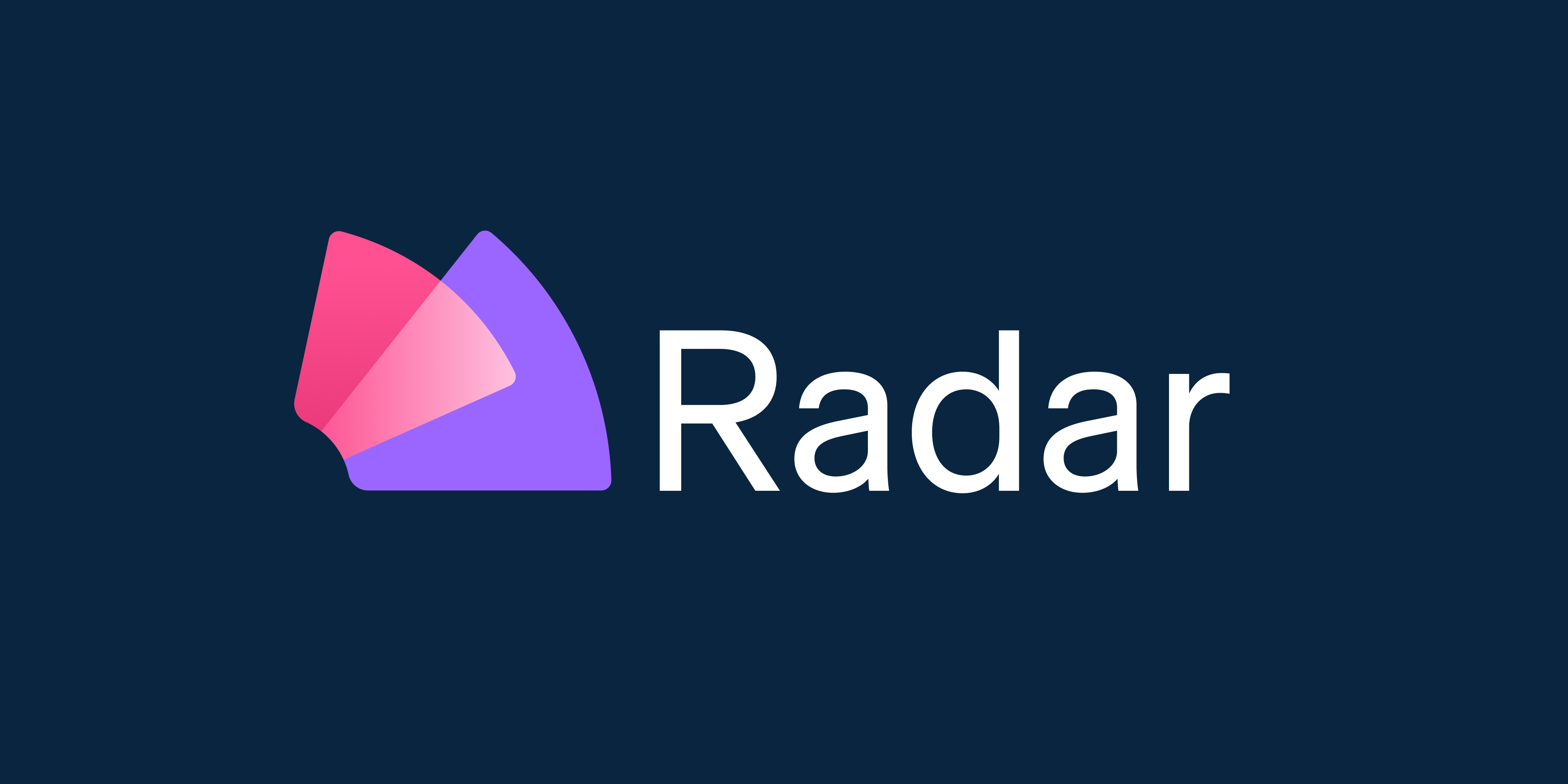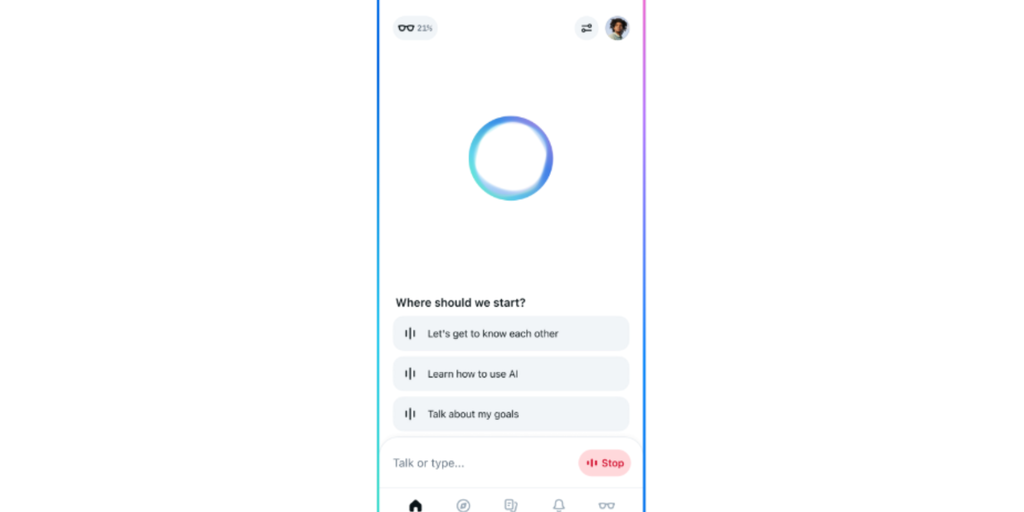Meta Transforms Ray-Ban App into Meta AI, Signaling a Shift in Focus

If youre a proud owner of Metas Ray-Ban glasses, you might have noticed a significant change recently. The app that previously resided on your smartphone, known as the Meta View, has undergone a transformation and is now branded as Meta AI. This unexpected pivot not only reflects Meta's direction regarding its eyewear products but also underscores the broader trends emerging in the realm of artificial intelligence.
The announcement of the Meta AI app coincided with Meta's inaugural standalone AI-centric developer conference, dubbed LlamaCon, which adds a layer of significance to this shift. At first glance, the transition from Meta View to Meta AI may seem like a straightforward rebranding, but it reveals much about the companys strategy and vision for the future of both its smart glasses and AI technologies.
Upon launching the new Meta AI app, users will find functionalities reminiscent of popular AI-driven applications like Google Gemini and ChatGPT. The app enables users to engage in conversations with Meta AI, pose inquiries, explore prompt suggestions, and search for trending content, effectively allowing it to operate as a conversational tool akin to its competitors. Meta's CEO, Mark Zuckerberg, made this pivotal announcement via Instagram, highlighting that Meta AI has already garnered an impressive user base with over 1 billion active users monthly across its other applications, indicating a robust push towards establishing a standalone AI platform.
However, the app is not just a standalone entity; it also serves as the primary interface for pairing and managing the Ray-Ban smart glasses. The app features tabs that function similarly to those found in the previous Meta View application, allowing users to adjust settings and transfer photos and videos captured by the glasses directly to their phones. This approach distinguishes Meta from other technology companies, potentially signaling a new trend in how smart glasses could integrate with smartphones in the future.
What is particularly intriguing about this transition is the app's emphasis on AI, regardless of whether the user owns a pair of Ray-Bans. This strategic move aims to position Meta AI as a valuable smartphone utility, with the hope that users might later discover the compatibility with Ray-Ban smart glasses and consider purchasing a pair. This shift suggests that Meta is positioning its glasses as an extension of the AI experience rather than just an accessory that includes AI capabilities. Despite Meta's claims of strong sales for the Ray-Bans, it is clear that the volume of smart glasses sold will likely never rival that of smartphones. By creating an appealing app for phone users, Meta aims to entice more individuals into its ecosystem, seemingly prioritizing software engagement over hardware sales.
The evolution of the Meta AI app also raises questions about its relationship with Metas Horizon app and its integration with Quest VR headsets. Currently, these two applications serve very different purposes. Horizon is primarily focused on gaming environments and social interactions through avatar-based platforms, while Meta AI emphasizes generative AI dialogue and camera-aware services on both phones and glasses. As both platforms evolve, a future convergence seems likely.
Meta's ambitious prototype for augmented reality, known as Orion, which I had the opportunity to try last year, showcases a fascinating combination of gaming, AI functionalities, and 3D graphics all encapsulated within a pair of spectacles. However, the existing Ray-Ban smart glasses lack display capabilities, a situation that is expected to change in the upcoming fall, when Meta is anticipated to launch a more advanced version priced potentially at $1,000 or more, featuring integrated displays and a neural input wristband.
Currently, Meta's focus on evolving AI features in its smart glasses comes at a time when it also faces competition from Googles upcoming Android XR and its advanced smart glasses. Nevertheless, the introduction of the Meta AI app clearly communicates a critical message about the companys future direction: AI is at the forefront of their product strategy, regardless of the specific form it may take.



























